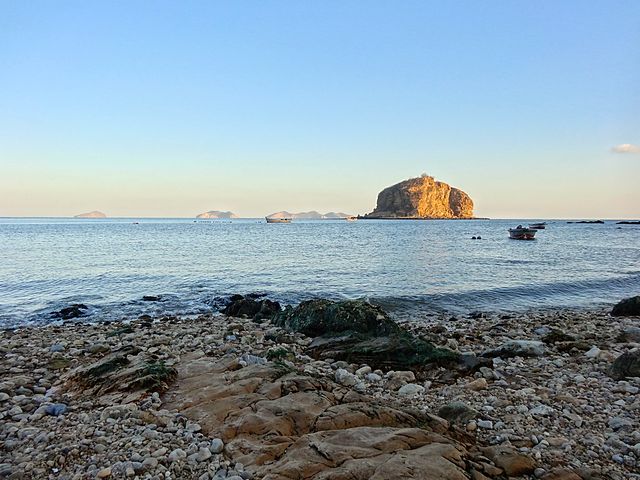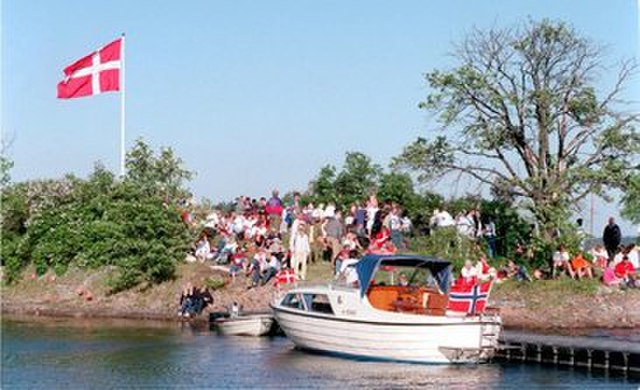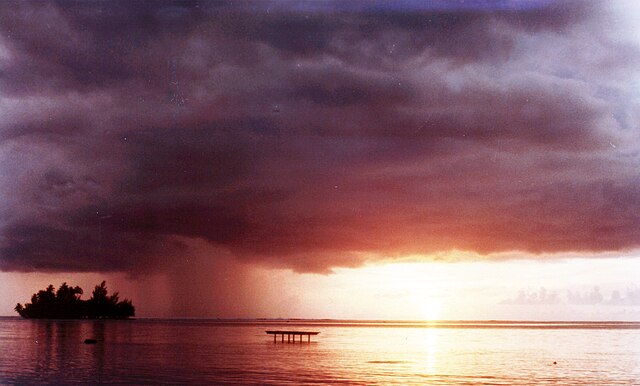Saint Peter and Saint Paul Archipelago
The Saint Peter and Saint Paul Archipelago is a group of 15 small islets and rocks in the central equatorial Atlantic Ocean. It lies in the Intertropical Convergence Zone, a region of the Atlantic characterized by low average winds punctuated with local thunderstorms. It lies approximately 510 nmi from the nearest point of mainland South America ; 625 km (388 mi) northeast of the archipelago of Fernando de Noronha; 990 km (620 mi) from the city of Natal; and 1,824 km (1,133 mi) from the west coast of Africa. Administratively, the archipelago belongs to Brazil and is part of the special "state district" of Fernando de Noronha, in the state of Pernambuco, in spite of the very large distance between the two island groups and the even larger distance to the state mainland.
Brazilian Navy scientific station and lighthouse of the Saint Peter and Saint Paul Archipelago
Chart of 1839 by HMS Erebus
Periscope eyeview from USS Triton (1960)
Aerial view of the islets. North is at the bottom left of the picture.
An islet is a very small, often unnamed island. Most definitions are not precise, but some suggest that an islet has little or no vegetation and cannot support human habitation. It may be made of rock, sand and/or hard coral; may be permanent or tidal ; and may exist in the sea, lakes, rivers or any other sizeable bodies of water.
Bàngchuí Island in Dalian, Liaoning, China, is a typical rock islet
Mōkōlea Rock in Kailua Bay, O‘ahu, Hawai‘i, 2.2 kilometres (1.4 mi) off North Beach, Marine Corps Base Hawaii
Danes on the islet Danmark in Norway. It is a typical Nordic skerry.
A Tahitian motu off the island of Raiatea at sunset








